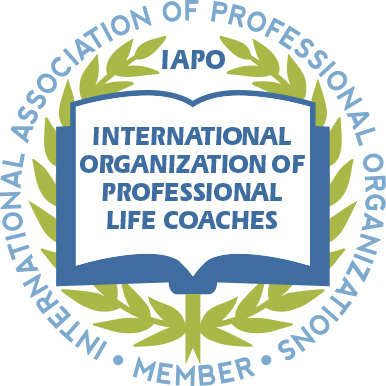Self-harm can be a difficult and sensitive topic, especially when it involves children. It’s essential to understand it, however, as self-harm in children may have serious consequences, and likely has equally serious underlying causes.
If you spend time among young people, it’s important to understand the nature of self-harm in children, signs that it may be happening, and how to offer or obtain proper support.
Self-Harm in Children
Self-harm is defined as the deliberate infliction of harm to one’s own body.
This can include behaviors including cutting, burning, scratching, hitting or pulling hair.
Self-harm is a coping mechanism that often arises when children are attempting to deal with overwhelming emotions.
It can be a distressing and alarming behavior to discover.
It’s not an attention-seeking behavior and is often done in secret.
When discussing self-harm with children, empathy and sensitivity are essential.
Causes of Self-Harm in Children
Understanding the underlying causes of self-harm in children is key to provide appropriate support and intervention.
- Mental Health Issues: Children who struggle with depression, anxiety, or borderline personality disorder may resort to self-harm as a way to release pent-up emotions or gain a sense of control. It is important to recognize and address these mental health issues. Therapy, counseling, or medication may be required depending on the severity of the condition.
- Trauma and Self-Harm in Children: Traumatic experiences such as abuse, neglect, or witnessing violence can deeply impact a child’s emotional well-being. Self-harm can become a way for them to cope with overwhelming emotions. Trauma-focused therapy, such as cognitive behavioral therapy or eye movement desensitization and reprocessing (EMDR), can be effective treatments.
- Developmental Disorders: Self-harm may be a response to an underlying learning or developmental disorder. Children who have difficulty with emotional regulation or who struggle to express their feelings may turn to self-harm. It is important to provide these children with alternative coping strategies and teach them appropriate ways to manage their emotions.
- Societal Factors: The desire to fit in, conform to perceived social expectations, or seek attention from peers can drive children to self-harm. Building a supportive and inclusive environment, teaching healthy ways of expressing emotions, and promoting self-esteem can help mitigate these influences.
Understanding Self-Harm
It is important to remember that self-harm is not a choice. It is a manifestation of deeper emotional distress that needs to be addressed with empathy and understanding.
To help a child struggling with self-harm, it is essential to involve professionals such as therapists, counselors, or psychiatrists who can provide specialized guidance and support.
By understanding the underlying causes of self-harm and addressing them appropriately, we can help these young people find healthier ways to cope with their emotions and ultimately work towards healing and recovery.
Warning Signs of Self-Harm in Children
Parents and caregivers should be aware of the warning signs of self-harm.
Signs may include unexplained injuries, withdrawal from social activities, changes in mood, and wearing long sleeves or pants in hot weather to hide scars.
To learn more, please read: Signs of Self-Harm in Children.
Create a Safe Environment for Children to Share
If you believe your child or a child you know is self-harming, it’s important to create a supportive environment for them to express themselves.
Children who self-harm often feel embarrassed, self-conscious or ashamed, and it’s important to validate their feelings while expressing care and concern.
Although self-harm in children most often requires intervention from a professional, there are other steps adults can take to offer support and guidance for children who engage in self-harm:
- Establish communication and show care and empathy.
- Educate yourself on self-harm and the underlying causes.
- Create a supportive and positive environment for children to open up.
- Consult a mental health professional to develop a treatment plan.
- Encourage healthy coping mechanisms, such as exercise, journaling or art therapy.
As adults, we must do all we can to establish a safe and compassionate environment where children feel comfortable sharing their feelings and thoughts, and also do all we can to get children the professional support they require to deal with self-harming.
Note: If you are struggling, please remember you are never alone. Call or text 988 or chat 988lifeline.org to reach a 24-hour crisis center, text MHA to 741741, call 911, or go to the nearest emergency room.
Thank you for reading.
If you haven’t yet subscribed, please visit KindCompassCoach and enter your email address so you never miss a post.
As Amazon Associates, we may receive a small commission (at no cost to you) for items purchased through links in this post.

Joan Senio is the founder of KindCompassCoach. Joan’s career includes clinical healthcare plus 20+ years as an executive in a nationwide health care system and 15 years as a consultant. The common threads throughout Joan’s personal and professional life are a commitment to non-profit organizations, mental health, compassionate coaching, professional development and servant leadership. Joan has had the privilege of mentoring early and mid-career professionals as well as current and future executives and leaders. She is a member of the International Organization of Life Coaches, serves as a thought-leader for KuelLife.com and is also a regular contributor to PsychReg and Sixty and Me. You can read more about Joan here: Joan Senio.





No Responses